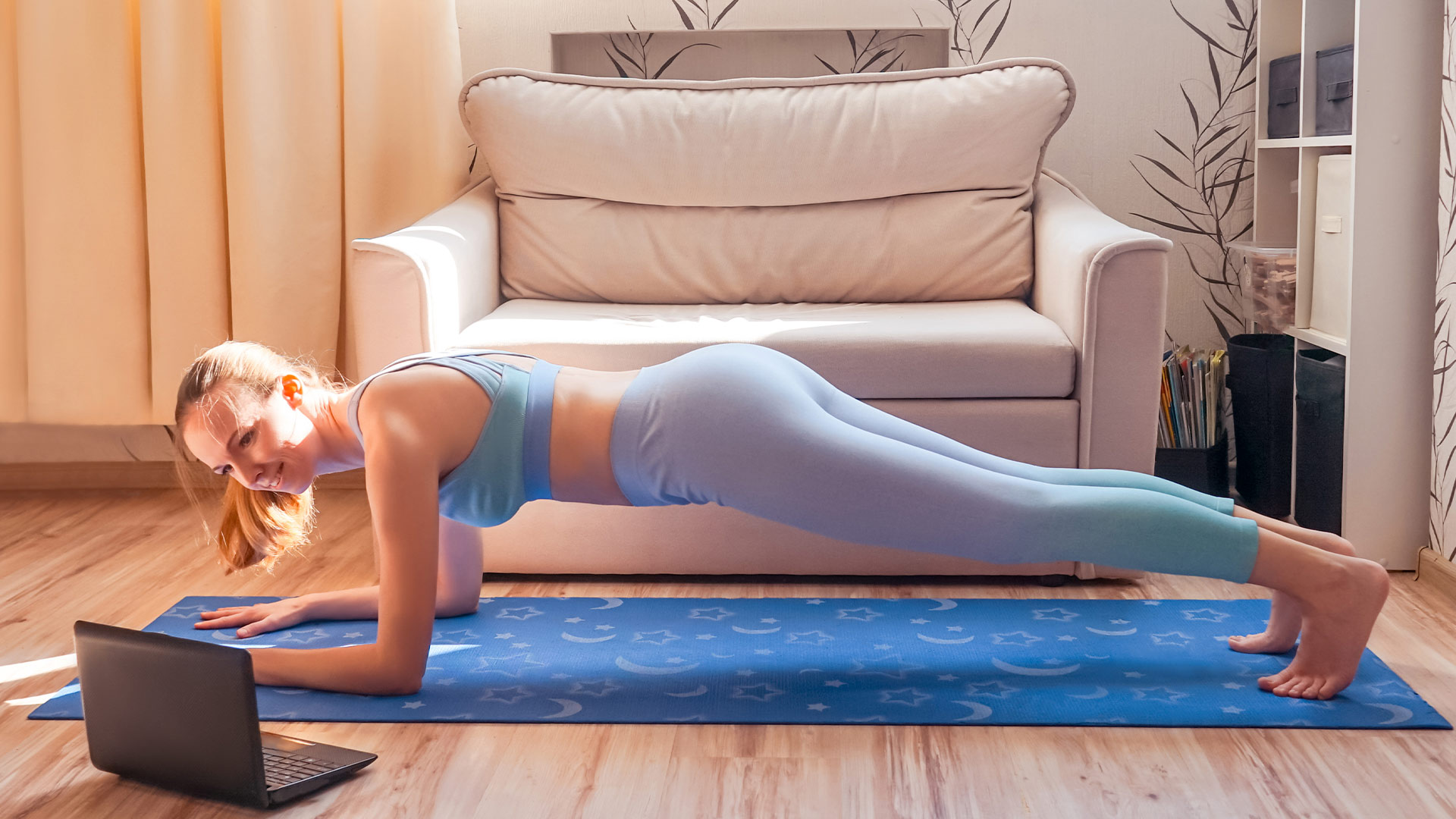No Gym? No Gear? No Problem: Strength at Home Made Simple

You don’t need fancy gym machines or expensive equipment to get stronger. In fact, some of the most effective strength-building tools are already with you—your body, your space, and your mindset. When life gets busy or gym access isn’t practical, strength at home becomes not only possible but powerful.
This article is your no-fluff guide to building a simple, equipment-free strength routine at home. We’ll break down how to structure your workouts, key bodyweight moves to focus on, and how to scale up as you get stronger. No excuses—just results.
Why Home Workouts Work
Home strength training removes common barriers:
- No commute
- No waiting for machines
- No gym intimidation
- No membership fees
What you gain instead:
- Freedom to train anytime
- The ability to customize routines
- Space to focus on form and function
- A more consistent and sustainable habit
All you need is about 6–8 feet of floor space and a bit of creativity.
Start with the Basics: Movement Patterns
Your body moves in patterns. To build balanced strength, train these five key movements:
- Push – Push-ups, wall presses
- Pull – Rows using towels or door frames
- Squat – Bodyweight squats, single-leg options
- Hinge – Glute bridges, hip thrusts
- Core – Planks, leg raises, mountain climbers
With just these, you’re covering nearly every major muscle group.
Sample Beginner Routine (No Equipment)
This routine takes 20–25 minutes and hits your full body.
Warm-Up (5 minutes)
- March in place – 1 min
- Arm circles – 30 sec forward/backward
- Bodyweight squats – 10 reps
- Hip bridges – 10 reps
- Plank hold – 20 sec
Workout (Repeat 2–3 Rounds)
- Push-Ups – 10 reps (use knees if needed)
- Glute Bridges – 15 reps
- Chair or Couch Rows (Towel Row Variation) – 8–10 reps
- Bodyweight Squats – 15 reps
- Plank with Shoulder Taps – 30 sec
Cooldown (3–5 minutes)
- Child’s pose
- Cat-cow stretch
- Forward fold
- Standing quad stretch
No fancy gear. No pressure. Just focused, functional movement.
What to Do if You Can’t Do a Push-Up Yet
Push-ups are a foundational move—but they’re tough for many beginners. Here’s how to work up to a full push-up:
- Wall Push-Ups – Stand facing a wall, hands on the wall. Bend elbows to bring chest toward wall, then press back.
- Incline Push-Ups – Use a sturdy surface (like a kitchen counter or couch edge).
- Negative Push-Ups – Start in a high plank and slowly lower to the floor over 5–10 seconds. Reset and repeat.
Train 2–3 times a week, and you’ll see real progress.
Strength Upgrades: How to Level Up Without Weights
Once the basics feel too easy, increase intensity using these methods:
1. Slow Down the Tempo
Take 3–5 seconds to lower into each rep. Slower reps increase time under tension, which builds more strength.
2. Add Isometric Holds
Pause at the hardest part of the movement (e.g., bottom of a squat or push-up) and hold for 3–10 seconds.
3. Try Unilateral (Single-Side) Moves
Use one leg or one arm at a time:
- Bulgarian split squats
- Single-leg glute bridges
- One-arm plank holds
These increase difficulty and work stabilizing muscles.
4. Add Explosiveness
Turn controlled movements into power-based ones:
- Jump squats
- Plyometric push-ups
- Skater jumps
Make sure your form is solid before adding speed.
Use What You Have at Home
You may not have dumbbells—but your home is full of functional tools:
- Stairs – Step-ups, incline push-ups
- Towels – Use for sliding core exercises or rows
- Chairs – Dips, step-ups, Bulgarian squats
- Backpacks – Fill with books and wear during squats or push-ups
- Walls – Wall sits, handstand practice
Your space is your gym—it just takes a fresh perspective.
Keep It Fresh: Weekly Training Plan
To stay motivated, mix up your sessions. Here’s a basic template:
Monday – Full Body
- Push-ups, squats, planks, glute bridges
Wednesday – Lower Body Focus
- Step-ups, split squats, glute bridge march, wall sits
Friday – Core + Cardio
- Plank variations, mountain climbers, jump squats, bear crawls
Optional: Light yoga or mobility flow on Tuesdays/Thursdays
Motivation Without Equipment
Sometimes, it’s not gear that’s missing—it’s energy. Here’s how to stay on track:
- Set a visible goal: Post a 30-day calendar with checkmarks
- Track reps: See progress in reps or hold time
- Record videos: Watch your form and improvement
- Use a timer app: Tabata or EMOM (every minute on the minute) keeps you moving
- Challenge a friend: Text each other your workouts
Consistency builds results. You don’t need weights—you need a plan and some grit.
Final Words
Strength training at home without gear isn’t just doable—it’s powerful. With smart programming, focused effort, and a few creative adjustments, your body can become the only machine you need. Whether you’re getting back into fitness or building on years of experience, there’s always another level to explore—and it starts with what you’ve got right now.
So roll out a towel, clear a little space, and start moving. No gym? No gear? No problem.
